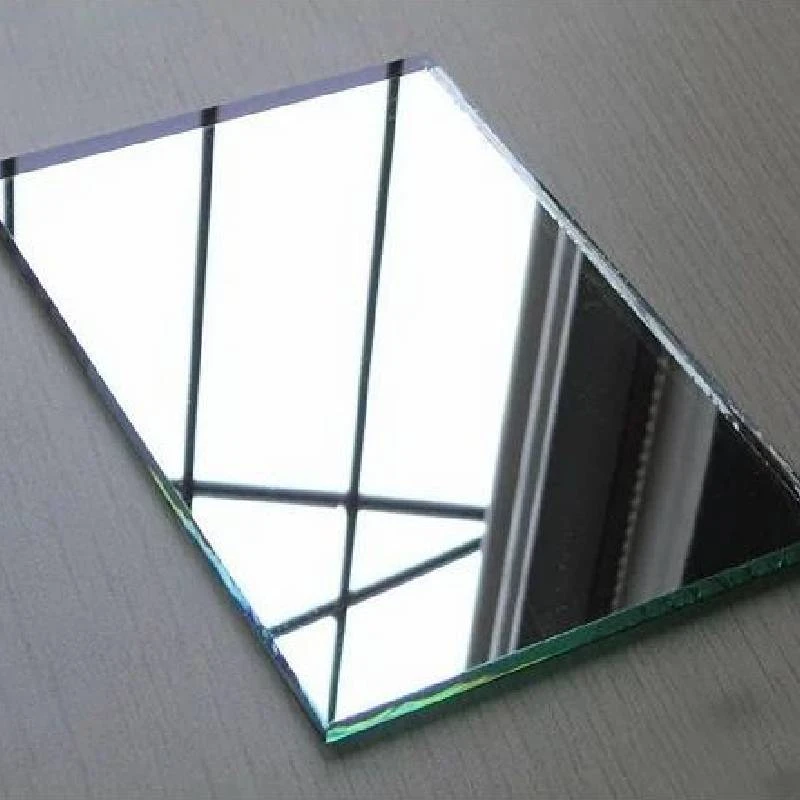

The Benefits of Low Reflective Glass in Modern Architecture
In an era where energy efficiency and aesthetic appeal are paramount in architectural design, low reflective glass has emerged as a crucial material. This innovative type of glass significantly minimizes glare while maintaining high transparency, making it a preferred choice for both residential and commercial buildings.
One of the primary advantages of low reflective glass is its ability to enhance visual comfort. Traditional glass can produce harsh reflections that distract and discomfort occupants as well as passersby. In contrast, low reflective glass dramatically reduces these reflections, creating a more pleasant visual environment. This characteristic is especially beneficial in urban settings where buildings adorned with reflective surfaces can create a glaring effect on the streets, leading to safety hazards for pedestrians and drivers alike.
Additionally, low reflective glass contributes to improved energy efficiency within buildings. It allows natural light to penetrate deeply into spaces while minimizing the amount of heat that enters. This results in a reduction of reliance on artificial lighting during the day, thus lowering energy consumption. Moreover, because less heat enters the building, HVAC systems are not worked as hard, leading to further savings on energy bills. Consequently, buildings equipped with low reflective glass can achieve higher energy ratings, making them more appealing from both an environmental and economic standpoint.

Beyond functional benefits, low reflective glass also plays a vital role in the aesthetic appeal of modern architecture. With its sleek, unobtrusive qualities, it allows for seamless integration with various design elements while providing a contemporary flair. Architects and designers favor low reflective glass for its ability to showcase the surrounding environment without the distraction of unwanted reflections. As a result, buildings can maintain a cohesive look with their natural surroundings, enhancing their overall beauty.
The use of low reflective glass also aligns with sustainable building practices, as it assists in reducing the urban heat island effect. By reflecting less sunlight, buildings utilizing low reflective glass can contribute to cooler urban areas, resulting in a more comfortable climate for inhabitants. This feature is especially important in large cities where high-density structures increase temperatures.
In conclusion, low reflective glass represents a significant advancement in architectural materials. It combines function, sustainability, and aesthetics, catering to the needs of modern society. As architects and builders continue to prioritize energy efficiency and visual comfort, low reflective glass will undoubtedly play a pivotal role in the design of future buildings, marking a step forward in creating harmonious living spaces that respect both the environment and urban life.